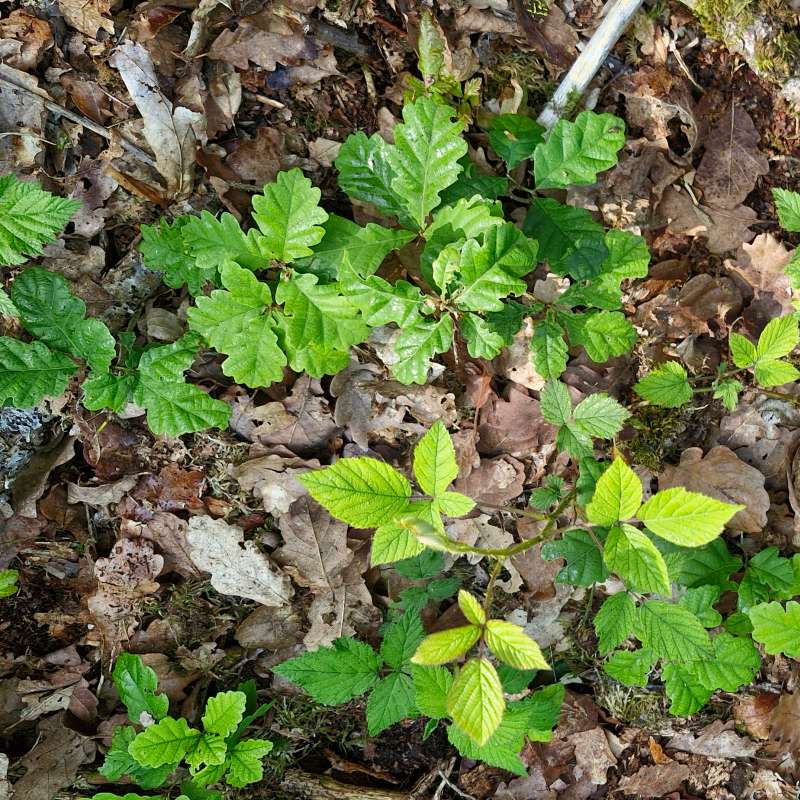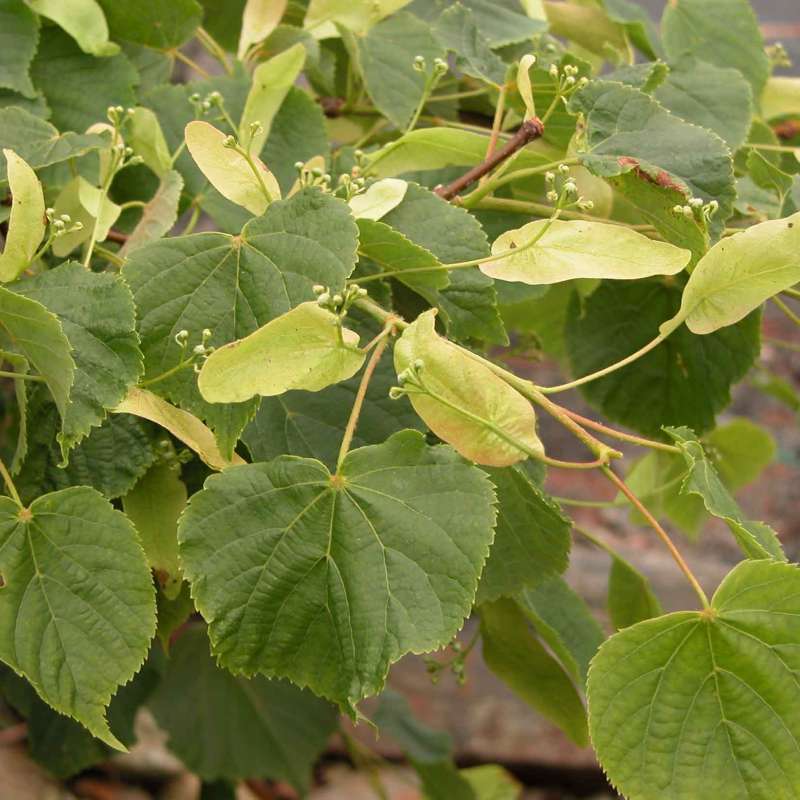Thomas Solvin
Forsker
Forfattere
Debojyoti Chakraborty Albert Ciceu Dalibor Ballian Marta Benito Garzón Andreas Bolte Gregor Bozic Rafael Buchacher Jaroslav Čepl Eva Cremer Alexis Ducousso Julian Gaviria Jan Peter George André Hardtke Mladen Ivankovic Marcin Klisz Jan Kowalczyk Antoine Kremer Milan Lstibůrek Roman Longauer Georgeta Mihai László Nagy Krasimira Petkova Emil Popov Randolf Schirmer Tore Skrøppa Thomas Solvin Arne Steffenrem Jan Stejskal Srdjan Stojnic Katharina Volmer Silvio SchuelerSammendrag
Det er ikke registrert sammendrag
Sammendrag
Det er ikke registrert sammendrag
Sammendrag
Female flowering and cone production took place in three Norway spruce progeny tests at ages 17 and 20 years, each planted with full-sib families from a half diallel. The number of cones on individual trees were scored in five classes. More than 50 % of the trees produced cones, and a considerable variation was found among families for the ability to produce cones (precocity) and for the number of clones scored in classes (fruitfulness). Both traits were strongly related to tree heights and diameters at the individual and at the family level. In general, tall trees produced the highest number of cones. However, some families produced many cones even if their average heights were low. In two of the half diallels, estimates of GCA variance components for the number of cones produced had twice the value of the SCA component, indicating additive genetic inheritance of cone production. Heritability estimates of cone scores were 0.10, 0.17 and 0.23, and the genetic correlations between cone production and tree heights were 0.40, 0.50 and 0.35 in the three half-diallels, respectively.

Divisjon for skog og utmark
OakBreed: Motorveien til genetisk forbedret eikefrø
OakBreed-prosjektet har som mål å etablere langsiktig foredling av eik i Norge. Fokus er på to hjemmehørende arter: sommereik (

Divisjon for skog og utmark
OptFORESTS - Harnessing forest genetic diversity for increasing options in the face of environmental and societal challenges
OptFORESTS har som overordnet mål å bidra til bevaring og bruk av skogtregenetiske ressurser i Europa og er en oppfølging av ambisjonen i EUs grønne giv (Green Deal) om å plante 3 milliarder trær i EU innen 2030. Skogplantingen vil øke karbonbindingen og tilføre samfunnet mer trevirke som en sentral del av grønn omstilling. OptFORESTS rolle er å utvikle både skogfaglig og sosiokulturell kunnskap for å kunne ta flere treslag i bruk i skogbruket, bidra til restaurering av skog og øke produksjonskapasiteten i skogplanteskolene i Europa. NIBIO er sammen med 18 andre institusjoner fra 15 land partner i dette prosjektet som går helt til 2027.
